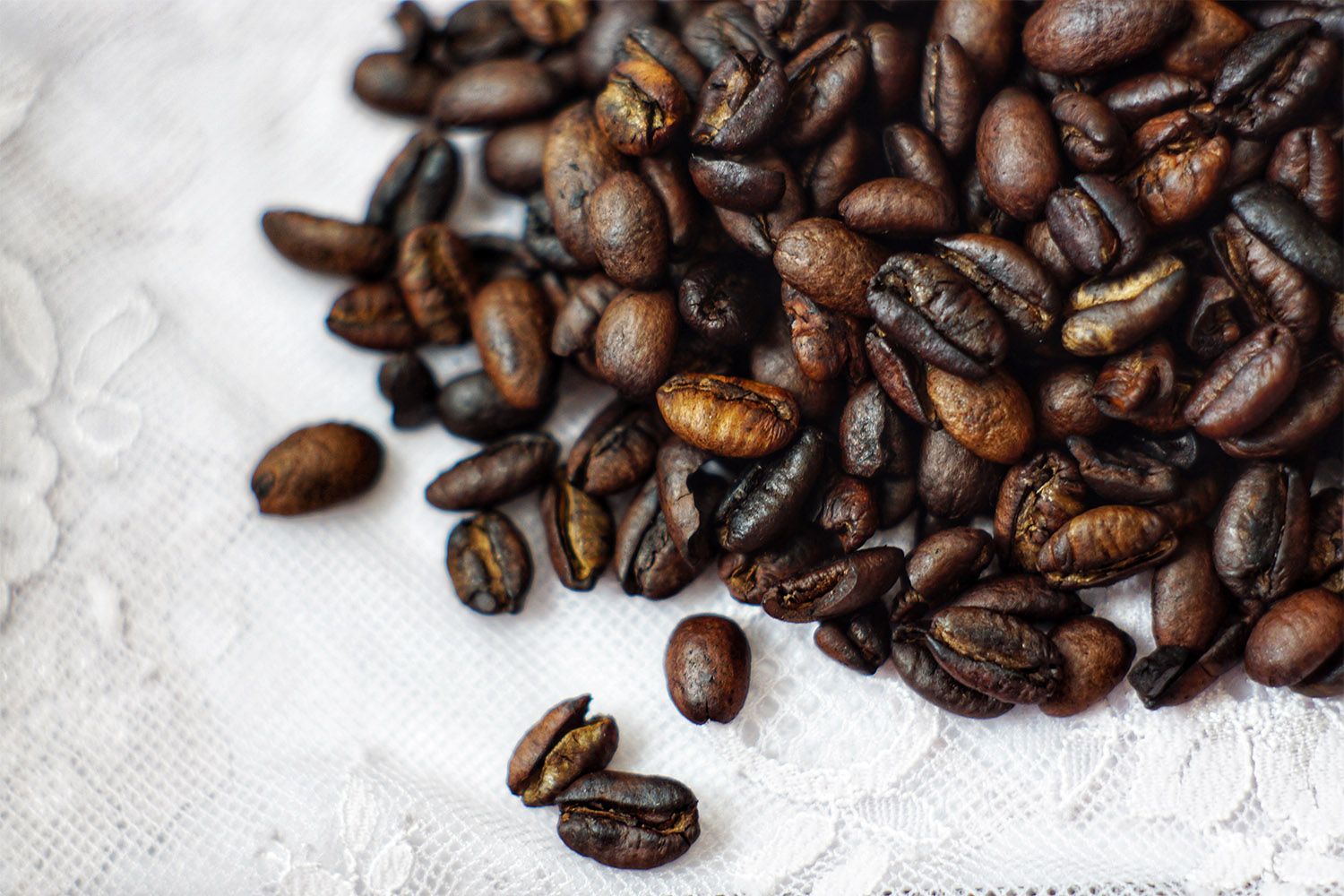Why Kapeng Barako Is the Most Elusive Local Coffee

Did you know that the rarest coffee bean grows in the Philippines? Other parts of the world call it liberica, but here, it’s popularly known as kapeng barako.
Barako coffee originated in Liberia, hence its name. Popular accounts of how it reached the Philippines vary. According to the Philippine Coffee Board, coffee-loving Spaniards could have introduced it to locals during colonization. Others say that barako beans could’ve been distributed from Mindanao by way of Malaysia.
In Filipino, barako refers to a male boar. The term can also describe fearlessness or an uninhibited man. The name is somewhat fitting because kapeng barako has a bold, powerful flavor that boasts a hint of fruitiness.
So, what makes barako beans so renowned by coffee aficionados all over the world? Scroll down for the tea.
Why Is Kapeng Barako Rare?
Research traces liberica’s origins to Western and Central Africa before it found its way to various Asian countries. Unfortunately, a coffee rust outbreak in the late 1800s practically disseminated the world’s supply, leaving the Philippines, Malaysia, and Indonesia as its final strongholds. The former two account for the majority of global production.
But the limited topography isn’t the only reason kapeng barako is rare. Unlike arabica beans, kapeng barako thrives in lower areas, which, technically speaking, makes them much more convenient to plant. For this reason, liberica trees that produce the beloved barako beans in the Philippines are concentrated primarily on lowlands like Cavite or Batangas.
However, unlike high yielders like robusta, liberica isn’t as predictable. According to the Philippine Coffee Board, its temperamental demeanor adds to the scarcity of consumable barako beans. A liberica tree that flourished this year may not be as fruitful the next.
Currently, only 2% of the world’s coffee supply is liberica. However, the rising popularity of specialty and socially conscious coffee movements has helped push the demand for these rare barako beans.
What Can You Do With Kapeng Barako?
The secret to barako coffee’s distinct flavor lies in its size. Liberica beans are much larger, almost double the size of your usual arabica. This extra mass allows the bean to ferment longer in the pulp, giving the coffee’s body a fruitier note.
However, cost limits how liberica beans are prepared. For example, most coffee shops will unlikely serve a kapeng barako espresso because the final price tag would probably put off most coffee drinkers. For drinking, it’s typically brewed as a pour-over, which requires fewer beans and tames its strong profile. Batangueños, however, enjoy it by boiling the grounds in water and adding a few teaspoons of muscovado sugar.
Whether you’re using barako beans or other varieties, coffee remains an incredibly versatile ingredient that you can use almost everywhere – from seasoning meat to adding an intense flavor to dessert. Here are some fun ways to enjoy kapeng barako.
Kapeng barako affogato
Skip the sugar and eat freshly brewed barako beans with some ice cream instead. An affogato is a traditional Italian drink-dessert where you pour espresso or strong brewed coffee over a scoop of vanilla gelato. Replicate it with a fresh cup of barako and some Selecta Super Thick Vanilla Ice Cream. You can even toss the ingredients in a blender to make a sweet yet bold coffee shake.
Tiramisu
Are you a fan of this creamy, bittersweet dessert? Take your favorite tiramisu recipe and replace the coffee element with kapeng barako! Its deep taste and slight tanginess will balance well with the richness of the mascarpone or work beautifully with cream cheese.
Classic coffee rub
This kapeng barako recipe will take your beefy dishes to a new dimension. Grab a quarter cup of ground liberica (barako beans), a quarter cup of chili powder, a quarter cup of muscovado, coarse salt (to taste), a tablespoon of garlic powder, and two tablespoons of paprika. Mix them well, then use the rub to season your beef, such as kebabs, brisket, or steak.
Coffee jelly
Kapeng barako’s fruitiness lends itself well to desserts. Replace instant coffee for brewed barako beans in your trusty coffee jelly recipe, then watch how it can take a clichéd sweet dessert into a complex interplay of sweetness, bitterness, and tanginess.
Grab some barako beans if you’re looking to change up your usual coffee routine. While Kapeng barako is not for everyone, especially for those used to the smoother finish of arabica or punchy notes of robusta, Kapeng Barako is still a must-try for every coffee-loving Filipino. Try it for yourself using the creative recipes above and find out for yourself why liberica has been catching the attention of coffee enthusiasts all over the world.
Suggested Article

Japanese Natto: A Quick Guide
